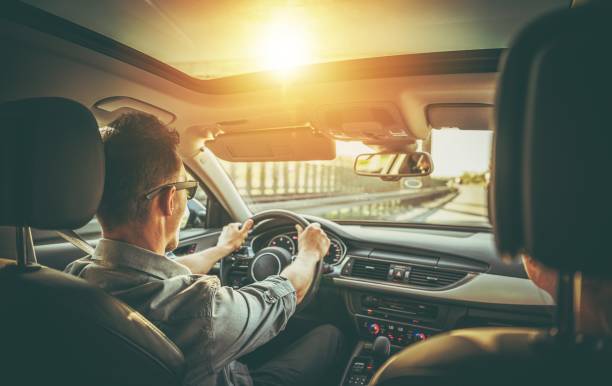Following Distance versus Visual Lead Time

One of the often confused concepts amongst young drivers is following distance versus visual lead time. Following distance refers to the space cushion between you and the vehicle in front. Having enough space allows a person enough time to respond if the person in front brakes suddenly. The minimum following distance is measured not in meters but in seconds. The minimum following distance is two seconds. This is determined by counting two seconds from the time the vehicle in front passes a stationary object such as a tree or pole until you pass that same point. The reason two seconds is the minimum is that our perception and reaction time is 1.5 seconds. If we are closer than two seconds away from the vehicle in front there is virtually no way we would be able to stop. Following too close, also known as tailgating is an epidemic in Alberta. In 2014, almost half of the injury collisions, 3457 out of a total of 7058 collisions were the result of following too close. These would easily have been avoided if the person following had allowed a little more room.
If a person happens to be driving a larger vehicle and there are smaller vehicles in front, such as a motorcycle, a person must allow a following distance of at least three or four seconds. Smaller vehicles and especially motorcycles can stop much quicker than larger vehicles. Of course, if weather conditions are poor a person must slow down and allow a following distance that would enable a person to stop without collision if need be.
Visual lead time, also measured in time, refers to the distance a person scans the roadway ahead of one’s vehicle watching for hazards of any type. Hazards could include but are not limited to, vehicles that are slow moving or broken down, animals, pedestrians, debris on the road. In urban centers, the visual lead time is 12-15 seconds. This means that we are to scan the roadway a distance of 12-15 seconds ahead. This works out to about one and a half blocks in front of the vehicle you’re in. On the highway, a person needs to scan 20-25 seconds ahead. Whether in rural or urban centers, if a person is constantly scanning the road, there is virtually no way a person would be surprised by a road hazard.
Visual lead time and following distance are two of the most important habits a person needs to adopt as they are learning to drive. If we do this properly, our chance of being in a collision is very low. The only surprise we have might be like the following example.
